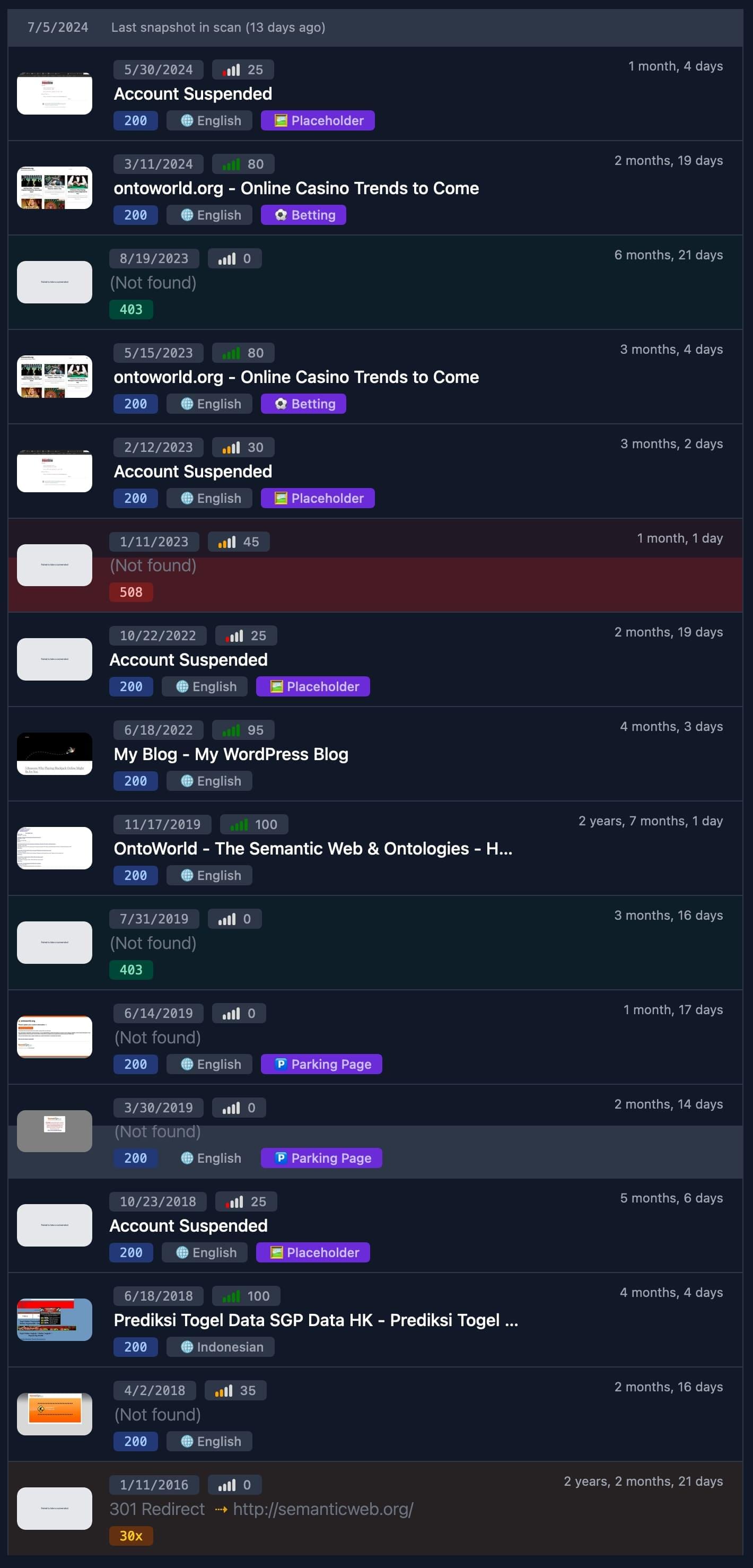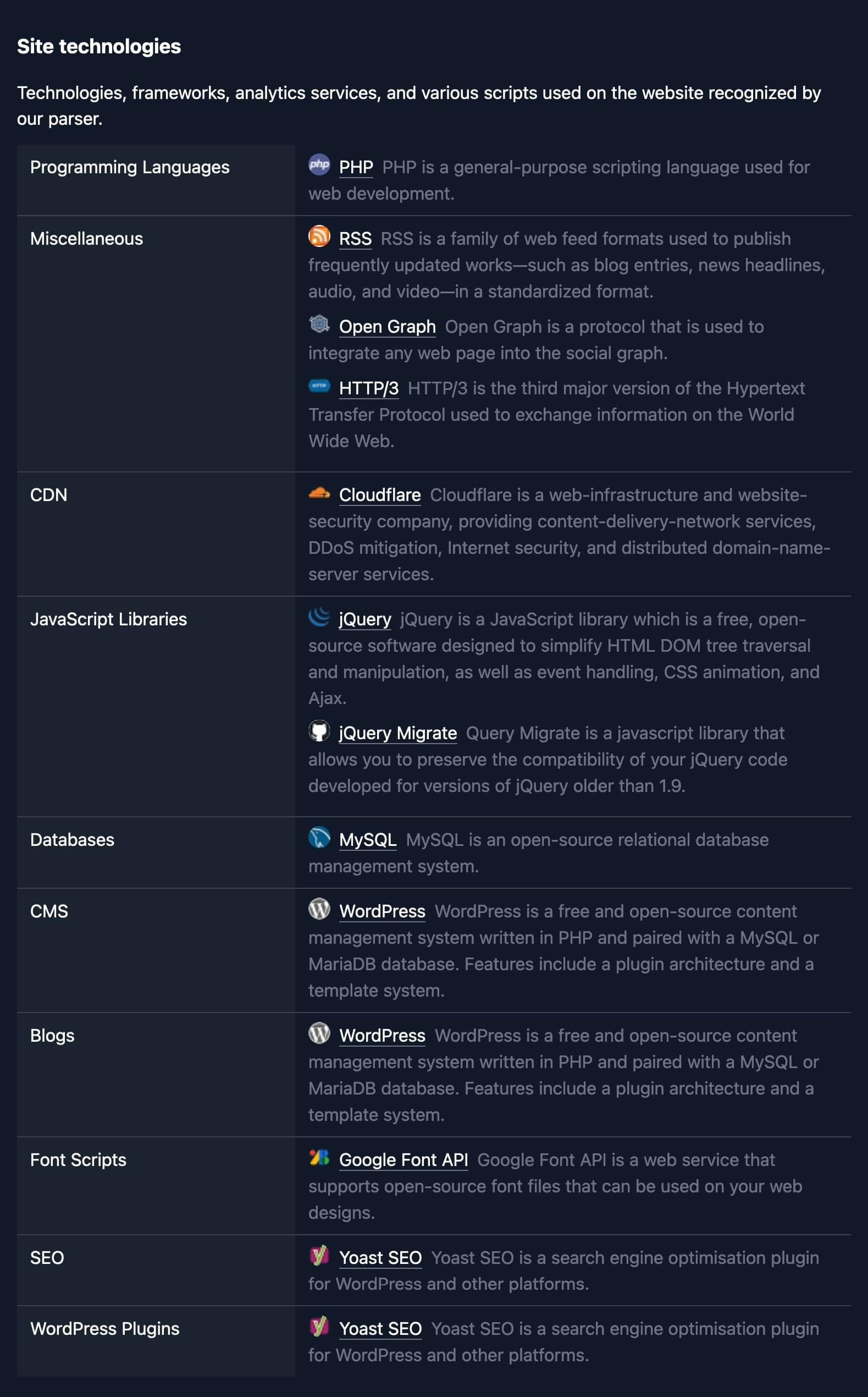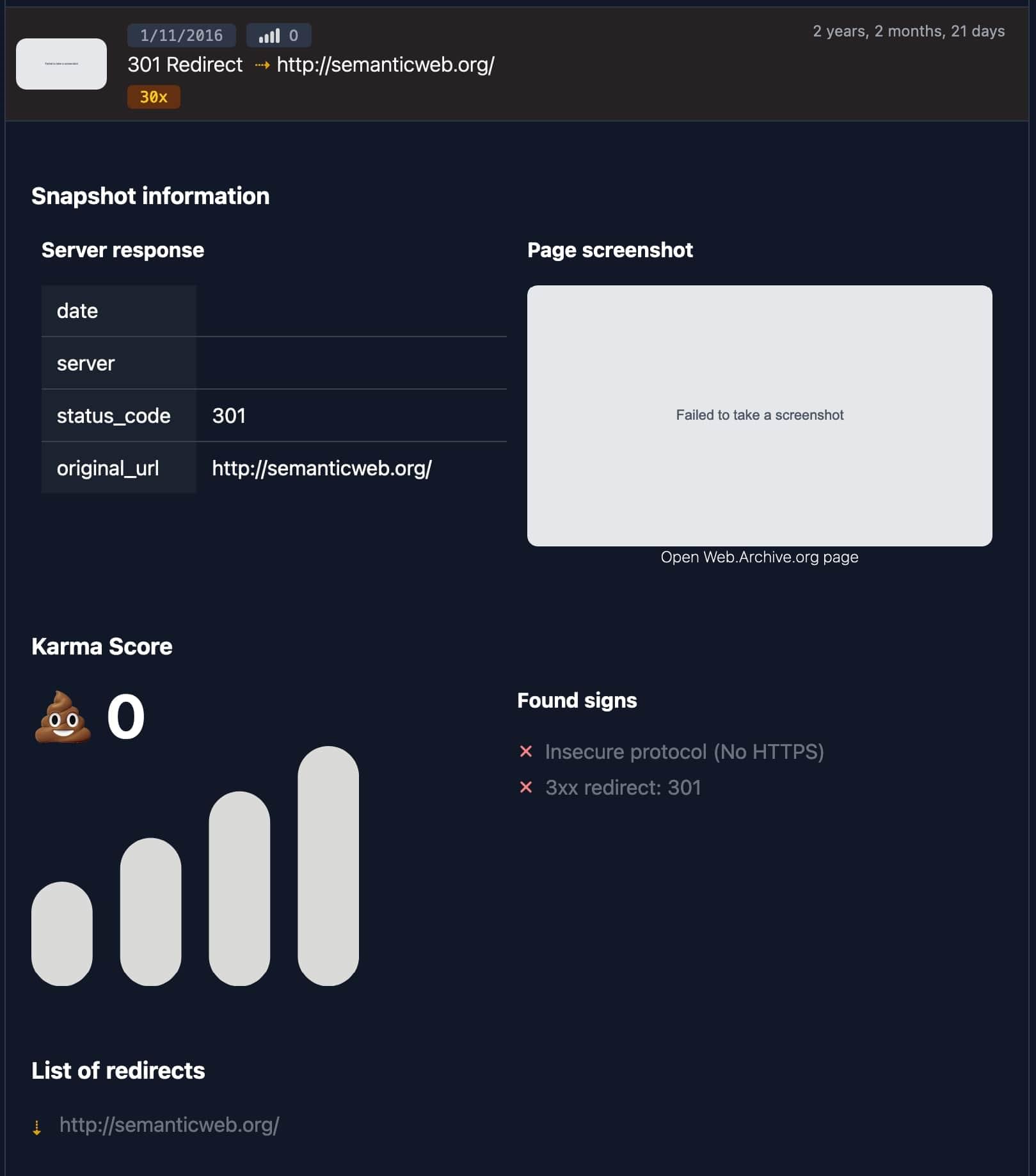The table above features expired domains with real traffic signals, ready to buy today. Each has been pre-screened for traffic consistency, clean Wayback history, and practical reuse potential. Below: what traffic metrics actually mean, why these domains can be valuable, and how to validate traffic quality before you bid.
Want to find these domains yourself? Skip the table and learn the complete search workflow for hunting traffic-bearing domains manually.
What "Traffic" Means (And How Tools Measure It)
Not all “traffic” metrics are the same. Different tools measure different things:
- Ahrefs "Organic traffic" is an estimate of monthly clicks from Google only, modeled from keyword positions and CTR curves. It doesn't include direct, referral, or social visits.
- Semrush "Organic traffic" uses a similar definition: visits from unpaid search results.
- Similarweb estimates total visits across channels (search, direct, social, referral, etc.) using large-scale sampling and modeling. Accuracy is better on higher-traffic sites; very small sites can be off.
Takeaway: treat traffic numbers as estimates, not absolutes. Triangulate across multiple sources when possible.
Karma.Domains aggregates these traffic metrics in each domain report, so you can compare Semrush organic visits, Ahrefs traffic estimates, and other signals side-by-side without jumping between tools.
Why Expired Domains with Traffic Can Be Valuable
- Warm start: existing visibility and demand signals can shorten the “cold start” compared to a brand-new domain—provided your new site stays in the same topical lane.
- Link & mention history: traffic often correlates with a healthier backlink/brand footprint, which is what actually supports visibility.
- But mind the rules: Google’s spam policies explicitly call out expired domain abuse (repurposing unrelated, low-value content to manipulate rankings). Keep topical relevance and user value front-and-center.
Where People Buy These Domains
Drop lists & closeouts
Domains that aren’t renewed follow an expiry timeline. On some registrars, expiring names enter auction and later move to closeout if there are no bids. Others fully drop and become first-come, first-served—often captured by drop-catch services via backorders.
Auctions & aftermarket
Large marketplaces list expiring and aftermarket inventory with timed bidding and buy-now options (e.g., GoDaddy Auctions, Namecheap Auctions, DropCatch). Expect strong competition on domains that retain meaningful traffic.
Karma.Domains aggregates millions of expired and expiring domains from all major auction platforms and drop lists daily, letting you search across GoDaddy, NameJet, DropCatch, Dynadot, Namecheap, and others in one place—filtered by traffic, backlinks, and clean history.
How This List Is Curated
Entries in the table are screened for:
- Clean archive history (Wayback): no pharma/casino/piracy eras, doorway patterns, or suspicious redirect chains. Karma.Domains automatically analyzes Wayback snapshots for each domain, flagging toxic topics, redirect chains, and suspicious patterns—so you don't have to check manually.
- Traffic evidence: third-party indicators (organic and/or total visits) that meet practical thresholds for viability, with preference for consistent vs. one-off spikes. (Estimates from Ahrefs/Semrush = organic; Similarweb = multi-channel.)
- Topical continuity: the historic theme aligns with common, legitimate use cases to avoid devaluation and policy issues.
- Technical hygiene: no signs of hacks/malware, indexing anomalies, or penalty risk.
How To Validate "Traffic Quality" Before You Buy
Use these checks to separate durable demand from noise:
- Triangulate sources: Compare Ahrefs/Semrush (organic) against Similarweb (all-channels). Expect variance; look for directional agreement and stability over several months.
- Page-level distribution: Traffic concentrated on a few legacy URLs? Plan equivalent pages or redirects; if you can't mirror intent, expect decay.
- Branded vs. non-branded: If most traffic is branded to the old site, value may not transfer.
- Country & device mix: Ensure the geo/device split matches your audience.
- Seasonality & spikes: Rule out one-time events; prefer steady curves.
- Bot & spam awareness: Remember that analytics products filter known bots but not everything; third-party estimators also model/clean bot noise. Treat anomalies with caution.
Pro tip: Use Karma.Domains advanced filters to narrow down domains by minimum traffic thresholds, backlink counts, domain age, and clean Wayback history—all in one search. The full step-by-step guide walks through the complete validation workflow.
Implementation Principles (Post-Purchase)
- Stay on topic: Rebuild or launch content in the same/similar niche to preserve relevance and avoid “expired domain abuse.”
- Map redirects surgically: Use URL-to-URL 301s where intent matches; avoid blanket homepage redirects (often treated like “soft 404s”).
- Monitor in Search Console: Verify ownership, check indexing/coverage, and watch for soft-404s or redirect issues during the transition.
Quick Buyer's Checklist
- History check: Clean Wayback timeline; no toxic eras or odd chains.
- Traffic sanity: Consistent, multi-source evidence (organic + all-channels).
- Topical fit: Historic theme ≈ your plan; otherwise expect value loss (and policy risk).
- Link quality: Real referring domains and anchors that align with the topic (not just volume).
- Redirect plan: Page-level mappings prepared; avoid blanket 301s.
Prefer to hunt traffic domains yourself? The complete step-by-step guide—including traffic validation techniques, cross-tool comparison methods, and automation workflows—is here: How to Find Expired Domains with Traffic.
Bottom line: The table above provides pre-vetted candidates with verified traffic ready to purchase. The guide teaches you to build your own traffic-detection pipeline. Either way, topical continuity and content that matches historical intent are what preserve traffic value.











